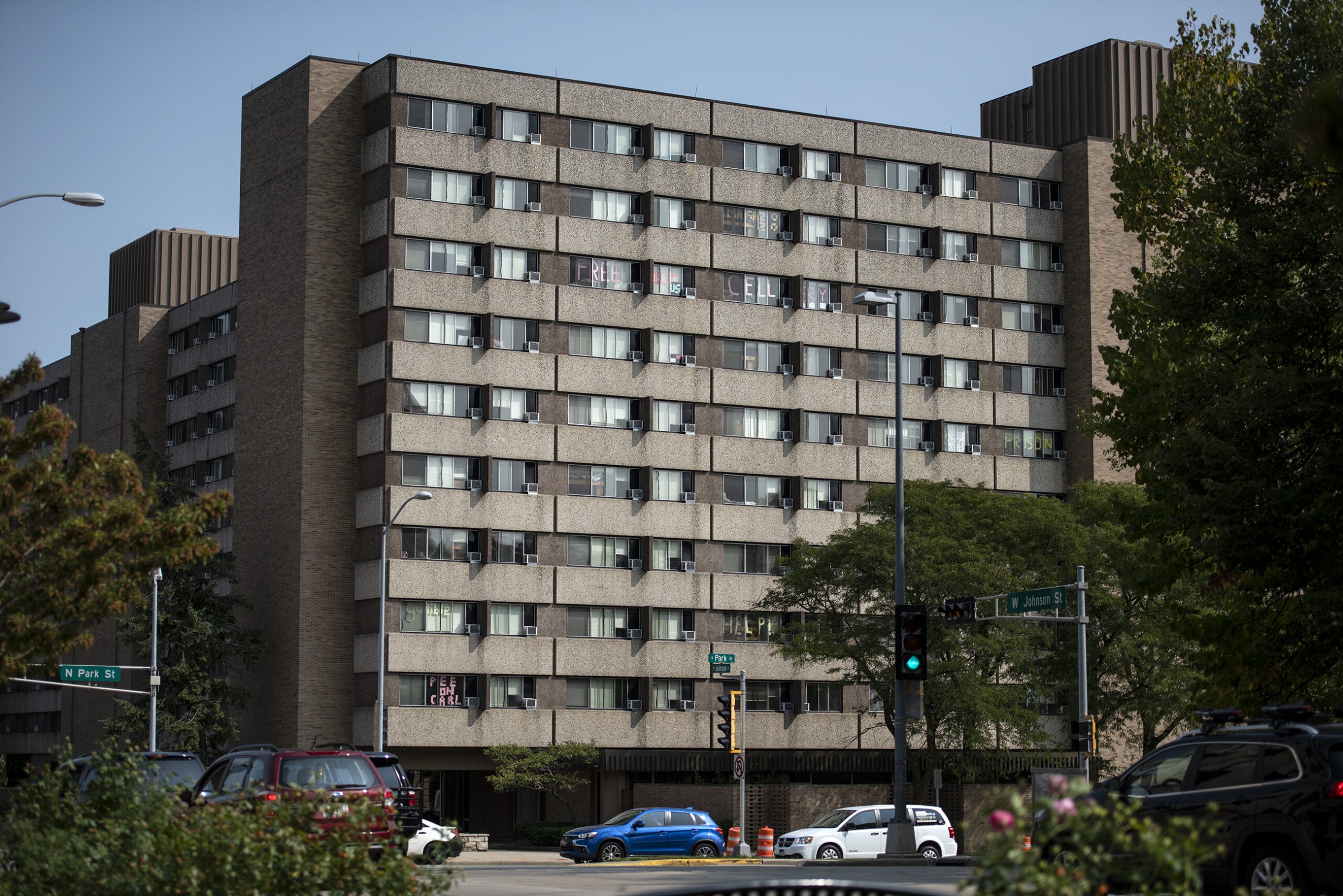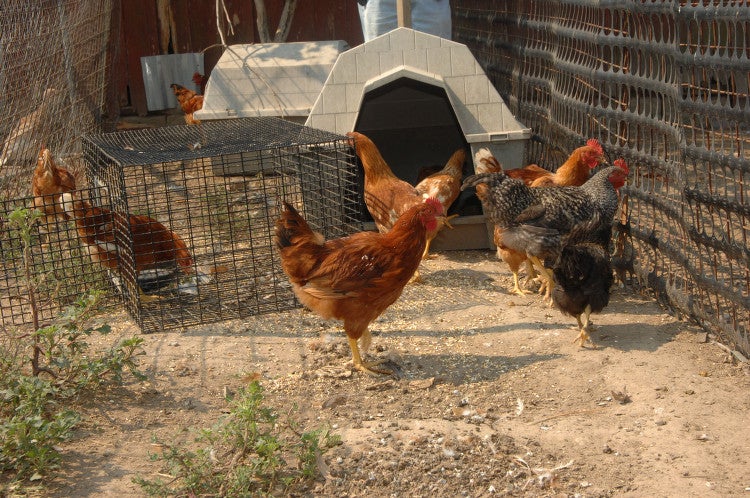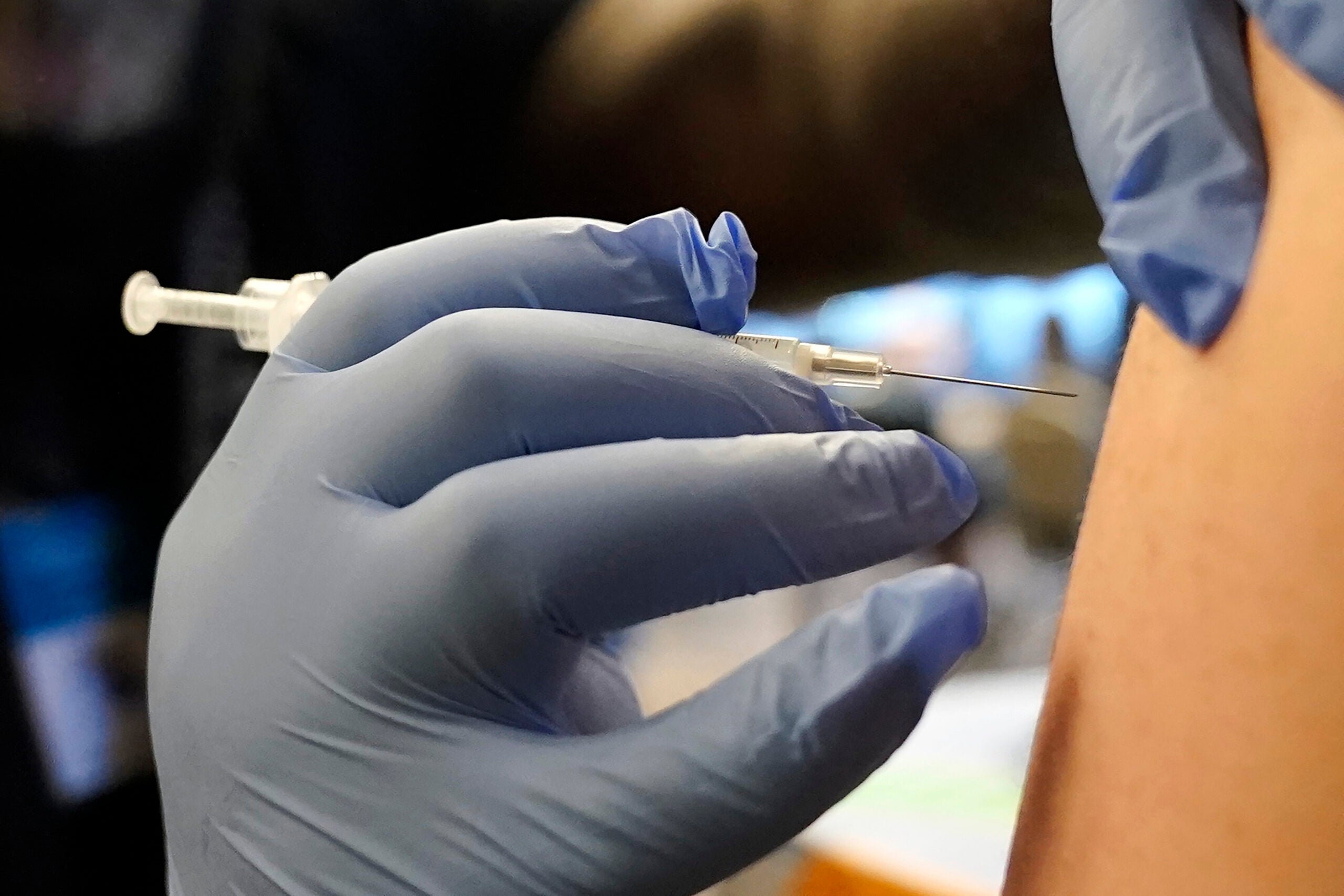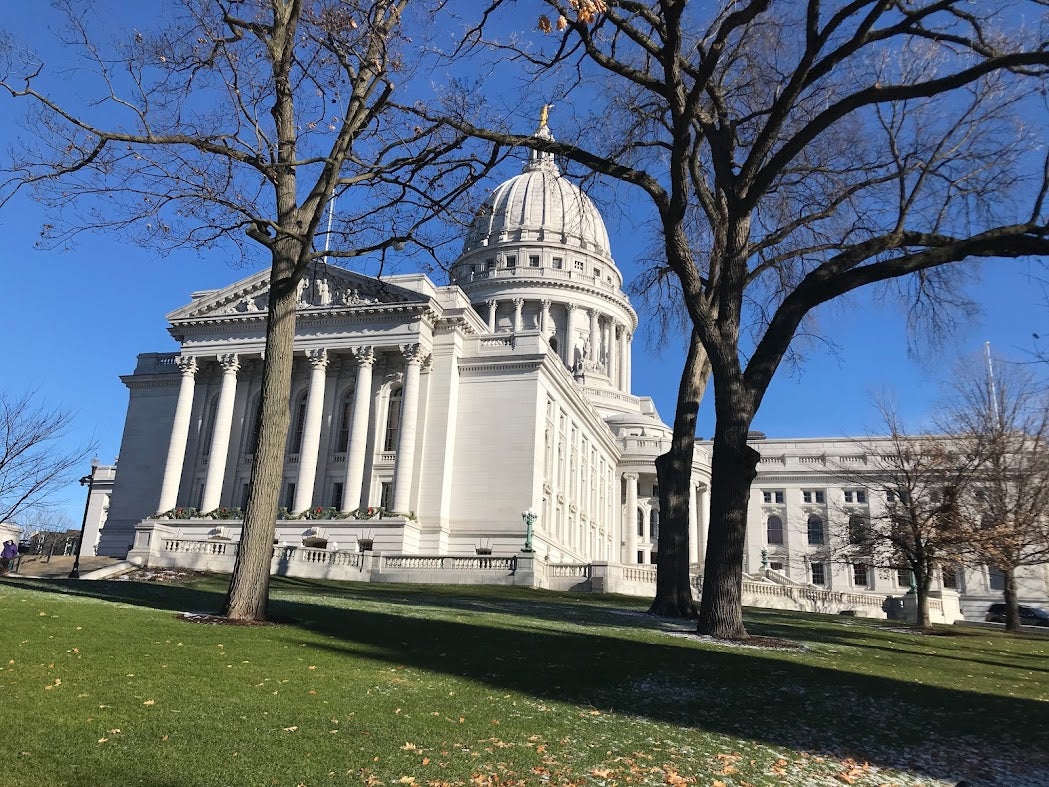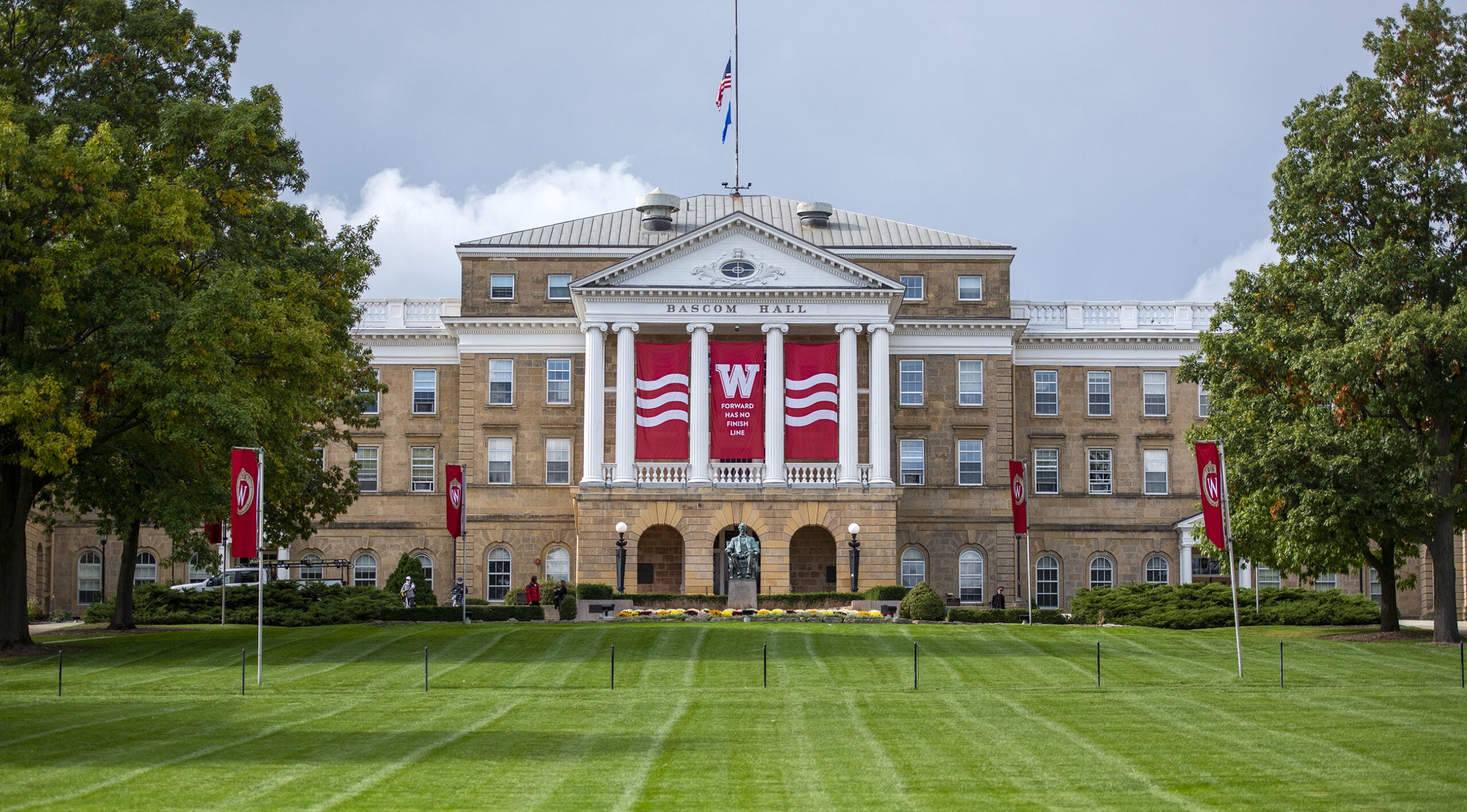A new Centers for Disease Control and Prevention study shows a strain of coronavirus that spurred fast moving outbreaks at two University of Wisconsin-Madison dormitories in the fall didn’t spill over to the greater Madison community.
Researchers performed genetic sequencing on nasal swab samples collected from more than 1,200 students and Dane County residents. Of those, 262 came from residents of UW-Madison’s Witte and Sellery residence halls, which experienced outbreaks in September.
The CDC report’s authors noted researchers were able to identify a specific genetic mutation in the coronavirus strain that swept through the dorms.
News with a little more humanity
WPR’s “Wisconsin Today” newsletter keeps you connected to the state you love without feeling overwhelmed. No paywall. No agenda. No corporate filter.
“This mutation was not subsequently found in 467 sequenced specimens from Dane County (out of 15,740 total positive tests, for a sequencing coverage of 2.96%) during November 11, 2020-January 31, 2021,” said the CDC study.
UW-Madison professor of pathology and laboratory medicine, Dr. David O’Connor, contributed to the CDC investigation. He said there was a fear the coronavirus strain that spread quickly through the dorms would “bleed over” into the community.
“But it turns out, those dorms acted like an island for the purpose of this outbreak,” said O’Connor. “And there really weren’t very many viruses that descended from those sequences that we were able to identify in the broader Madison community.”
The CDC report found more than 80 percent of all UW-Madison students and staff who tested positive for COVID-19 reported at least one flu-like symptom. Less than 1 percent of those from campus required hospitalization.
O’Connor said contrary to how most people think about virus transmission, chance plays a significant role. He said in effect, Madison got lucky because the mutated virus from the dorms didn’t show up in surrounding neighborhoods.
“But in a sense, you make your own luck because those were also the dorms where, based on cell phone tracking data that was published by a professor at MIT earlier in the year, there was more traffic going to local bars and more traffic to parties,” said O’Connor. “And so, the individuals who were in those dorms were perhaps putting themselves at greater risk of getting infected, which put them at greater risk of having one of these unlucky chances.”
Within one week of the start of fall classes at UW-Madison, Chancellor Rebecca Blank announced in-person classes would be moved online, and Witte and Sellery halls would be quarantined for two weeks.
In addition to the quarantines at the dorms, the CDC report noted 26 fraternity and sorority chapters were quarantined and tested by officials with Public Health Madison and Dane County.
“Viruses don’t know boundaries and certainly that’s part of the reason we took such dramatic measures that we did,” said UW-Madison University Health Services Interim Medical Director Patrick Kelly. “Doing a quarantine of two of our biggest residence halls was not an easy decision, it was not an easy undertaking.”
He said campus health officials knew the strict mitigation efforts were needed in hopes of keeping the outbreaks in the dorms from adding to the rise in community cases at the time.
The CDC study credited UW-Madison’s COVID-19 mitigation strategies for lowering new positive cases after the two-week period. It suggests colleges and universities might prevent similar outbreaks by combining coronavirus testing for students moving into dorms with mandatory quarantines as they await their results.
O’Connor and Kelly said preventing outbreaks on campus this coming fall is all about vaccination. O’Connor said the current COVID-19 vaccines are the “best tool in our toolkit.”
“If we can get it through to people that it’s in their own self-interest to get vaccinated, they will be able to be more social,” said O’Connor. “Partying will not only be safer for them, it will be safer for the community if they’re vaccinated.”
While a growing list of public and private universities across the United States have mandated students be vaccinated, none of the state’s UW System campuses have required it for students planning to return this fall.
Wisconsin Public Radio, © Copyright 2025, Board of Regents of the University of Wisconsin System and Wisconsin Educational Communications Board.

